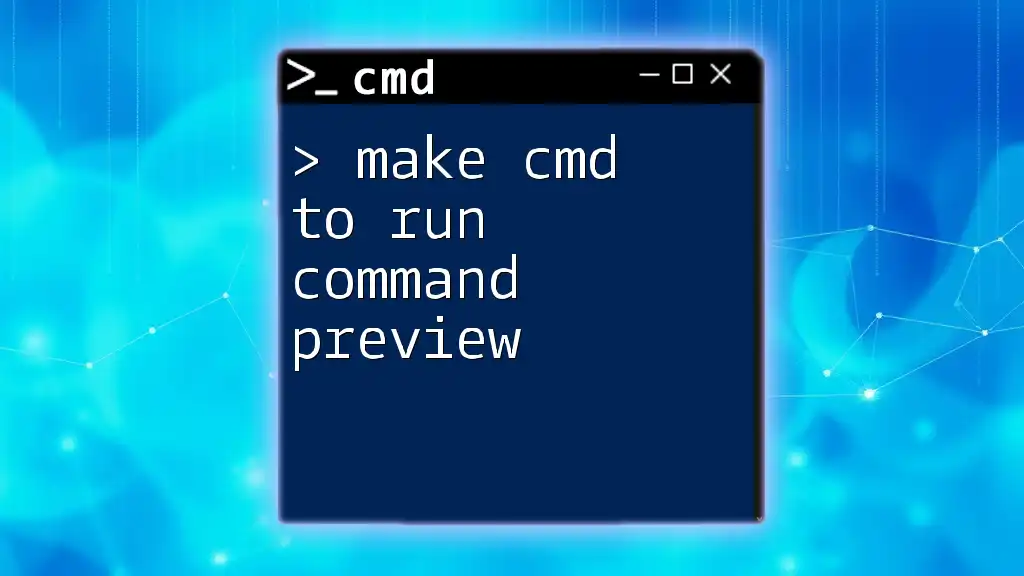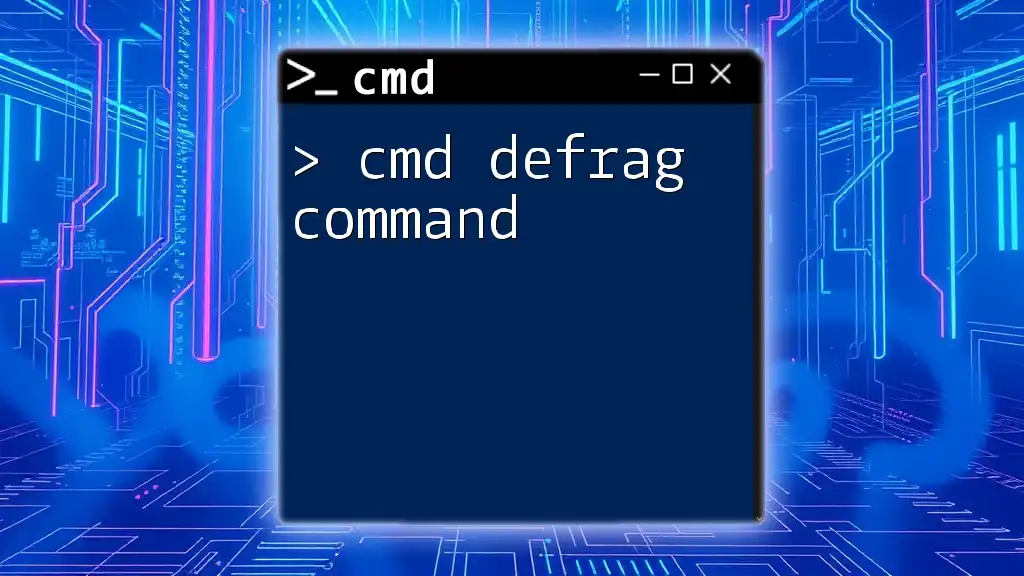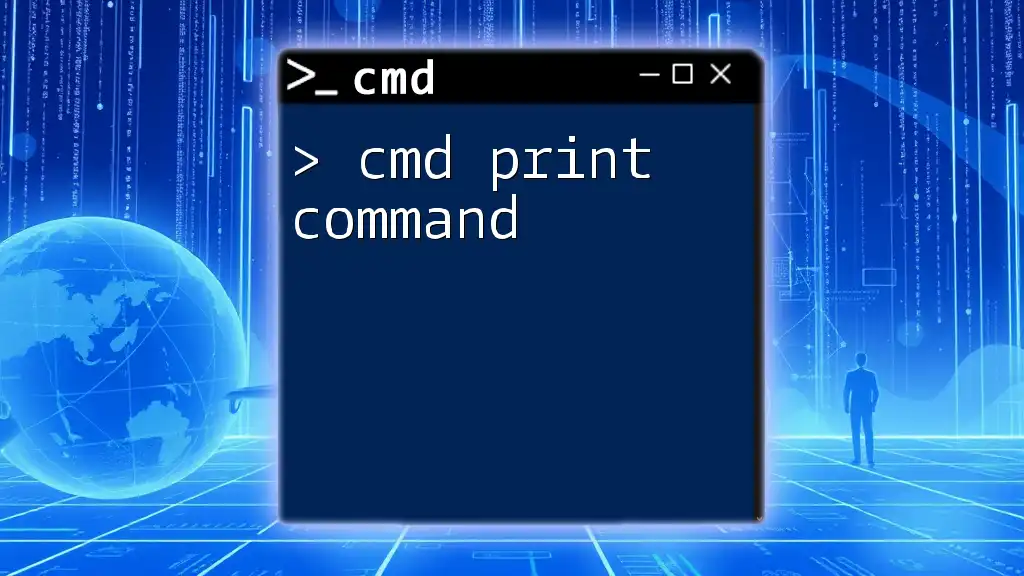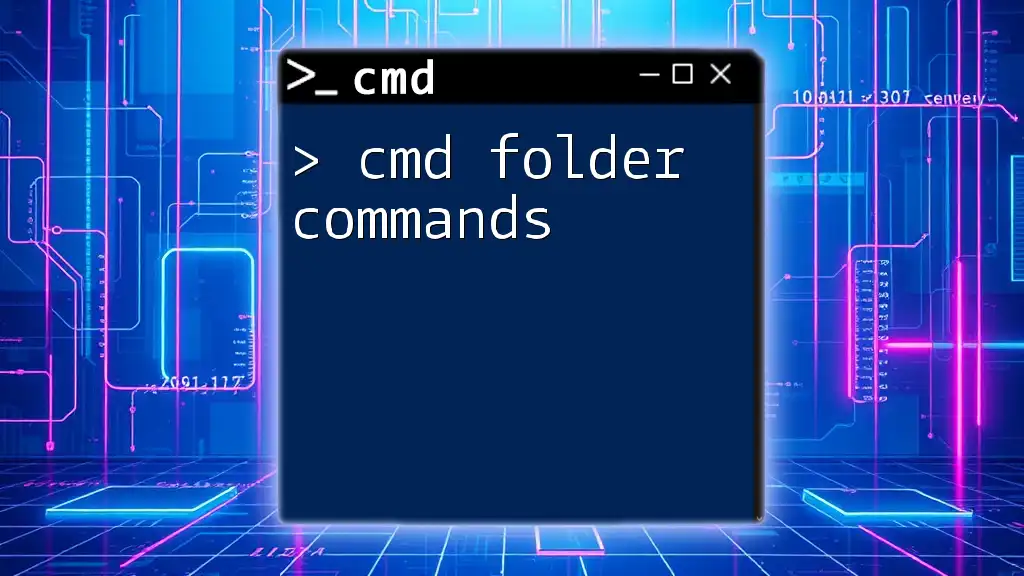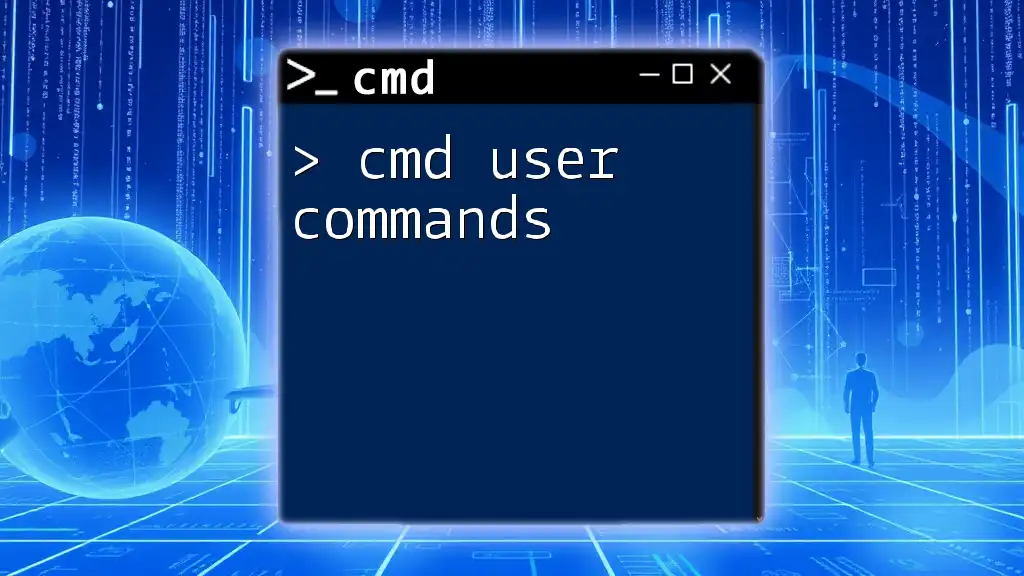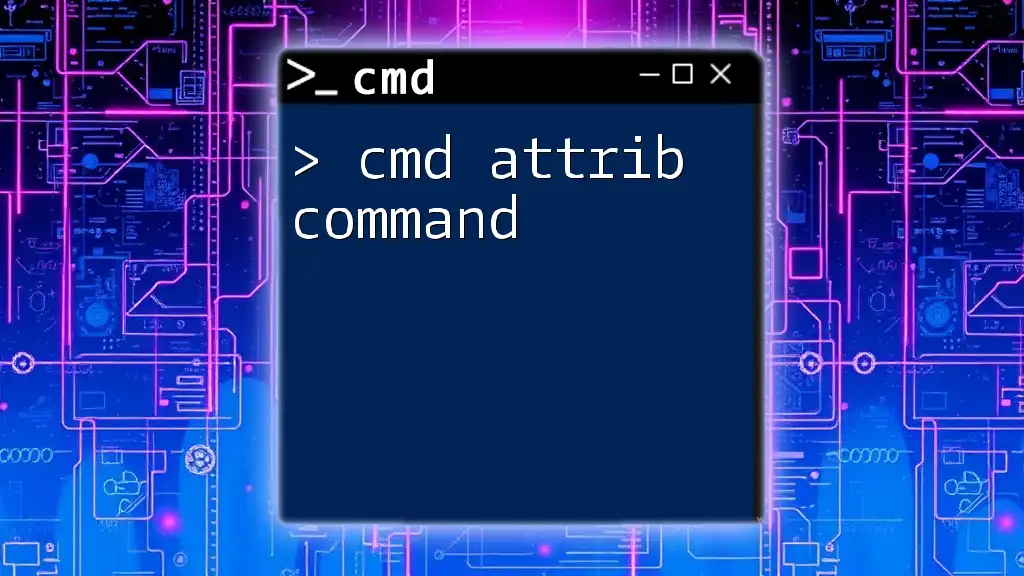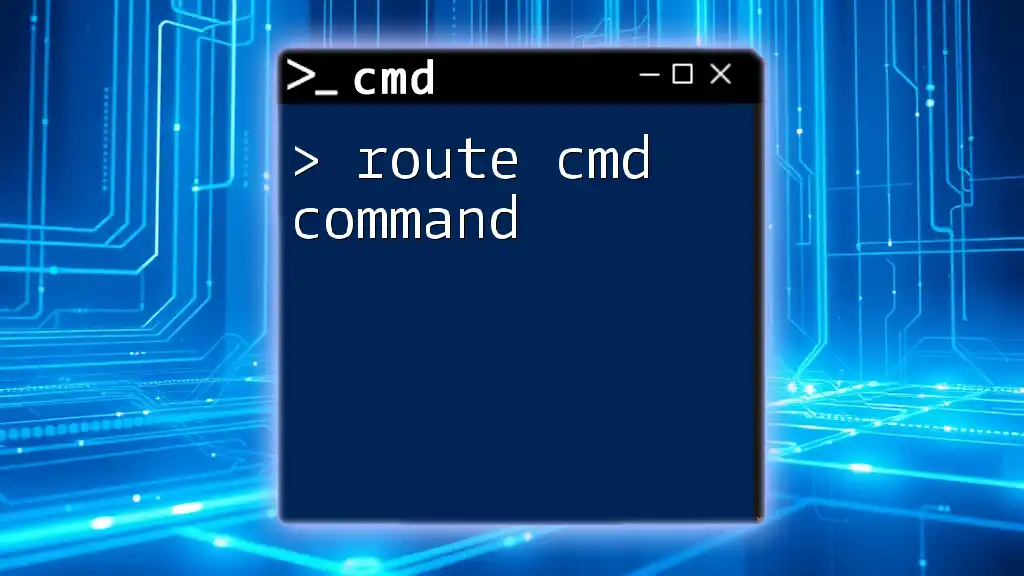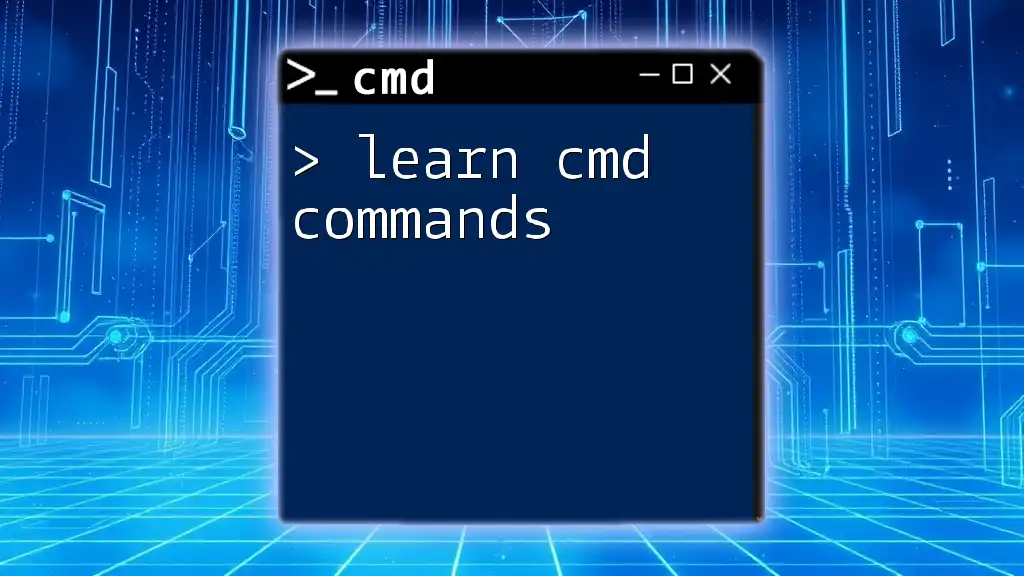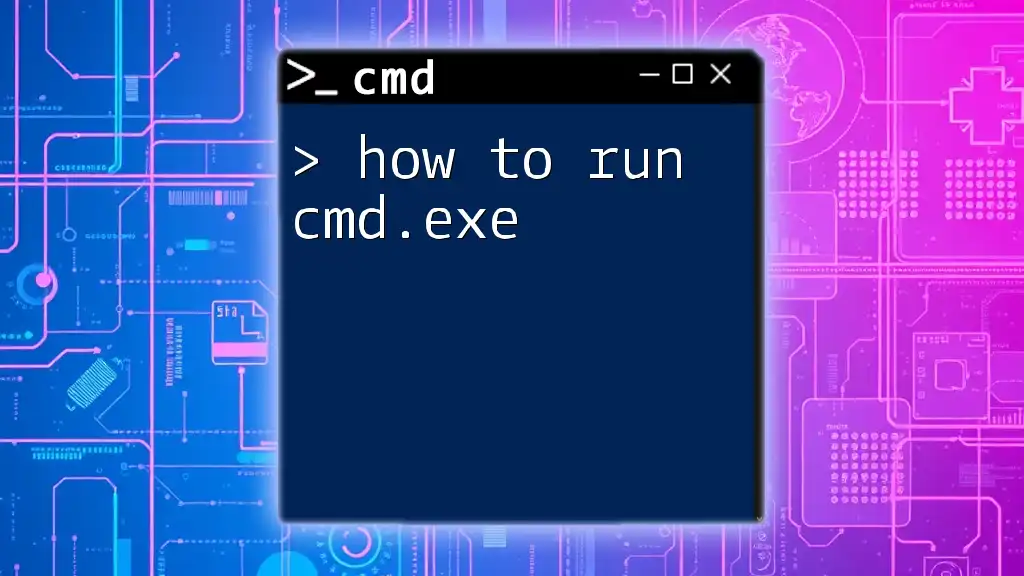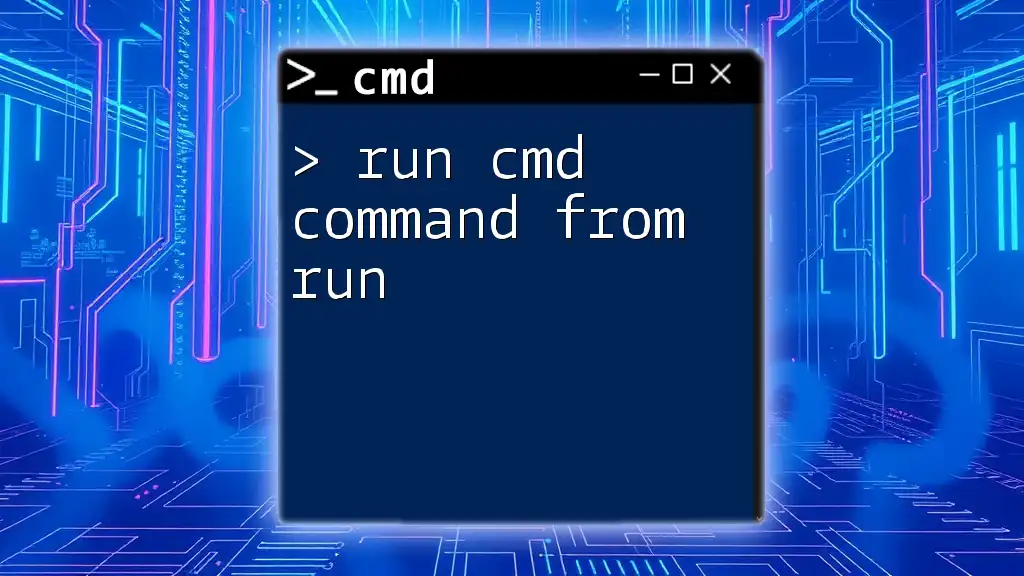You can create a preview of a command's output in CMD by using the `echo` command followed by the command you want to preview, wrapped in parentheses.
Here's an example code snippet in markdown format:
echo This is the preview of the command: (dir C:\)
Understanding the Basics of CMD
What is Command Prompt?
Command Prompt, often referred to as CMD, is a command-line interpreter in Windows that allows users to execute specific commands to perform various tasks. Unlike graphical user interfaces (GUIs), CMD provides a text-based interface for users to interact with the operating system. This method can be more efficient for certain tasks, especially advanced file management, system settings adjustments, and script automation.
Common Use Cases for CMD
Users turn to CMD for multiple reasons, including:
- File Management: Quickly navigating directories, copying, moving, and deleting files.
- Network Troubleshooting: Using commands like `ping`, `ipconfig`, and `tracert` to diagnose network issues.
- System Configuration: Modifying system settings, managing services, and performing administrative tasks.
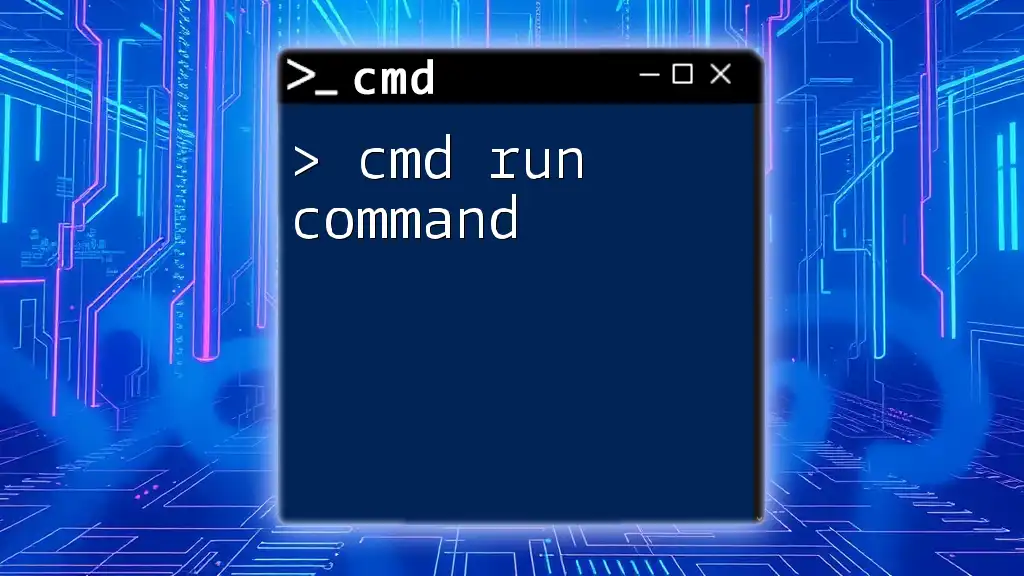
What is Command Preview?
Definition of Command Preview
Command Preview refers to the practice of displaying or simulating a command before it executes. This feature allows users to get a glimpse of what will transpire with their command without risk, reducing the likelihood of errors.
Benefits of Using Command Preview
Error Prevention: Command preview is crucial for minimizing mistakes. By previewing commands, users can verify their inputs and ensure they are appropriate for the task at hand.
Learning Tool: For beginners, the command preview function acts as an educational aid, helping users understand command outputs and behaviors in a risk-free environment.
Efficiency: Reducing unnecessary errors saves time. Command previews allow users to refine commands before execution, leading to quicker completion of tasks.
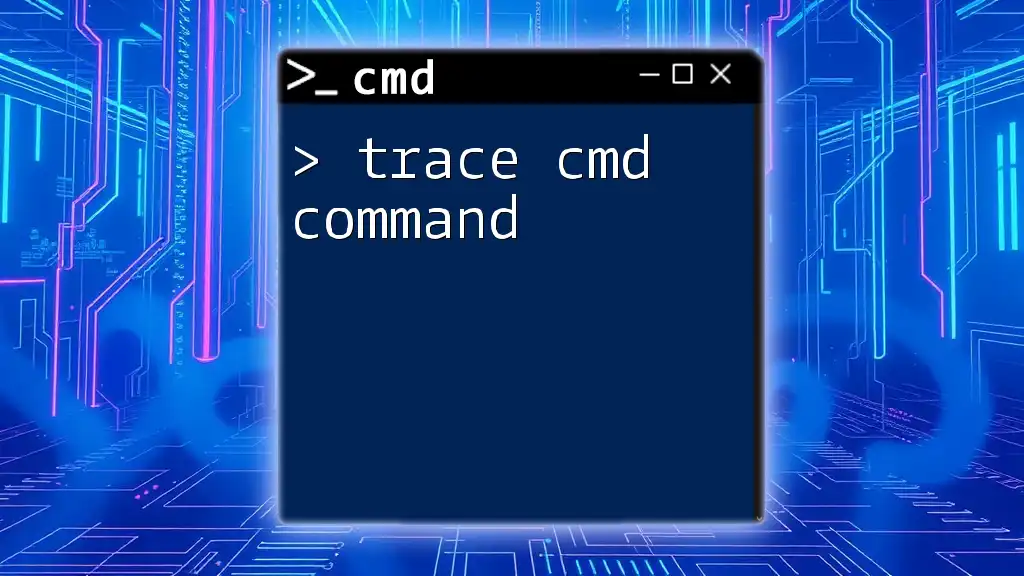
Setting Up CMD for Command Preview
Accessing Command Prompt
To make cmd to run command preview, you first need to access the Command Prompt. This can vary slightly depending on the Windows version:
- Windows 10/11:
- Press Windows Key + S and type `cmd`. Select "Command Prompt" from the results.
- Alternatively, press Windows Key + R, type `cmd`, and hit Enter.
Adjusting CMD Settings for Better Visibility
Enhancing the visual presentation of Command Prompt can make command inputs easier to read:
-
Change font size and color: Right-click the title bar, select "Properties," then navigate to the "Font" and "Colors" tabs to customize settings.
-
Enabling QuickEdit Mode: This mode allows you to copy and paste text directly within CMD, making it easier to input commands accurately.

Creating a Simple Command Preview Script
Introduction to Batch Scripting
Batch files are scripts that automate command execution in CMD. They’re particularly useful for repetitive tasks and can include command previews to enhance user experience.
Writing Your First Batch File
Here’s how to create a basic batch file that previews commands:
@echo off
echo This is a preview of your command.
pause
In this batch file:
- `@echo off`: Hides the command being executed, showing only the output.
- `echo This is a preview of your command.`: Displays the message indicating what will occur.
- `pause`: Waits for user input before proceeding, allowing time to review the message.
Running the Command Preview Script
Once you’ve created your batch file, running it is straightforward:
- Navigate to the file's location in CMD using the `cd` command.
- Type the name of your batch file and hit Enter to execute.
You will see the command preview before making any further inputs or changes.

Advanced Command Preview Techniques
Using Variables to Enhance Command Previews
Incorporating variables can make command previews more dynamic. This allows you to store commands and reuse them. Here’s an example:
@echo off
set command=dir
echo You are about to run: %command%
pause
%command%
In this script:
- `set command=dir` assigns the variable `command` with the `dir` command.
- `echo You are about to run: %command%` previews the command.
- Simply by typing `%command%`, it runs the stored command, making it versatile.
Implementing Conditional Statements for Safer Execution
To enhance the safety of command execution, conditional statements can be used. Here’s how you can implement an IF statement:
@echo off
set /p command=Type your command:
echo You entered: %command%
set /p confirm=Are you sure you want to run this command? (yes/no):
IF /I "%confirm%"=="yes" (
%command%
) ELSE (
echo Command execution cancelled.
)
In this script:
- `set /p command=Type your command:` prompts the user to input a command.
- `set /p confirm=Are you sure you want to run this command? (yes/no):` asks for confirmation on running the command.
- The `IF` statement then checks the user's input, ensuring they genuinely want to execute the command.

Troubleshooting Common Errors in Command Preview
Common Mistakes When Using CMD
Even seasoned users can make errors. Common mistakes include:
- Misspellings: Typing command names incorrectly can lead to execution failures.
- Incorrect Command Context: Execute certain commands with the wrong user permissions can result in access denials or errors.
Tips for Debugging CMD Scripts
To troubleshoot your commands effectively:
- Utilize echo statements to print variables and check values.
- The `pause` command allows you to see outputs before the window closes, making it easier to read any error messages.

Practical Applications of Command Preview
Real-World Scenarios: Command Preview in Action
Command preview plays a vital role in real-world scenarios:
- Managing Files: Users can preview file manipulations before executing potentially destructive commands, like deleting files or changing directories.
- Network Diagnostics: Previewing network commands can clarify intended actions, especially when troubleshooting connection issues.
Building a Personal Command Library
To streamline command execution, build a personal library of commonly used commands:
- Create a batch file containing essential commands, along with preview functionality. This way, you can quickly reference and run them as needed.
- Sharing command previews with peers enhances collaborative troubleshooting and learning.
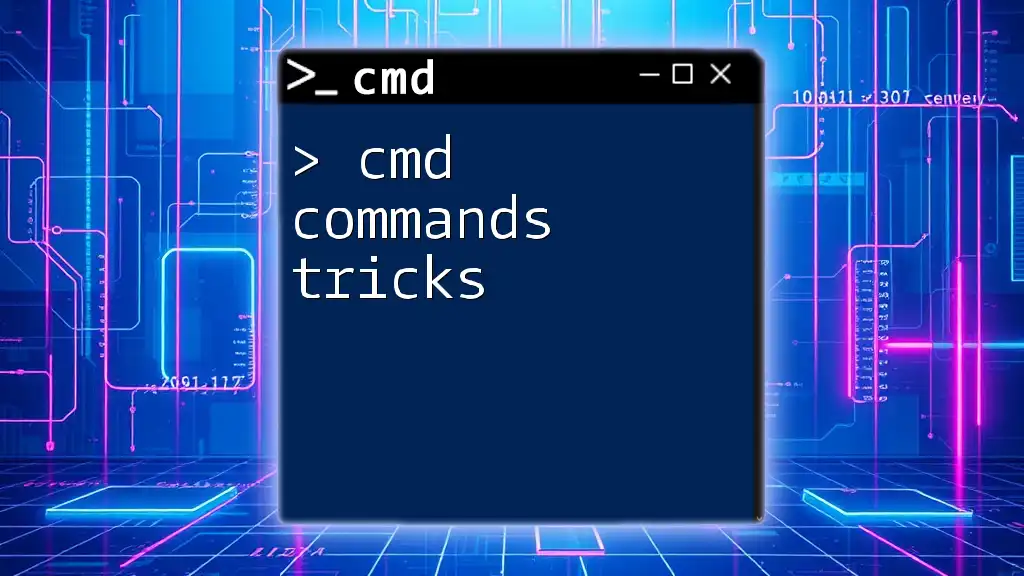
Conclusion
Using command preview is an invaluable skill for anyone interacting with CMD. It enhances learning, boosts efficiency, and significantly reduces the chances of error. By implementing these techniques in your workflow, you can make CMD a powerful asset in your computing toolkit. Whether you're navigating file systems or diagnosing network issues, mastering command previews will transform the way you work within the Command Prompt environment.
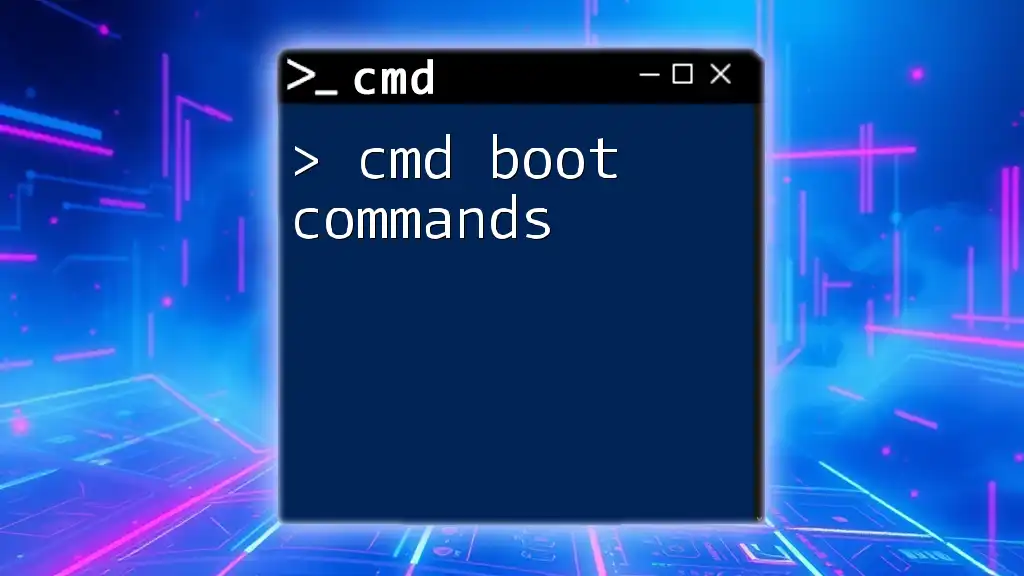
Additional Resources
Recommended Tools and References
For further exploration of CMD and batch scripting, consider checking out:
- The official documentation provided by Microsoft for in-depth command details.
- Online forums and communities that focus on CMD and scripting for real-world examples and shared knowledge.
Join the Community
Connect with like-minded individuals eager to learn and improve their command line skills. Engage in online forums or social media groups dedicated to CMD and scripting, where you can ask questions and share your own experiences.

